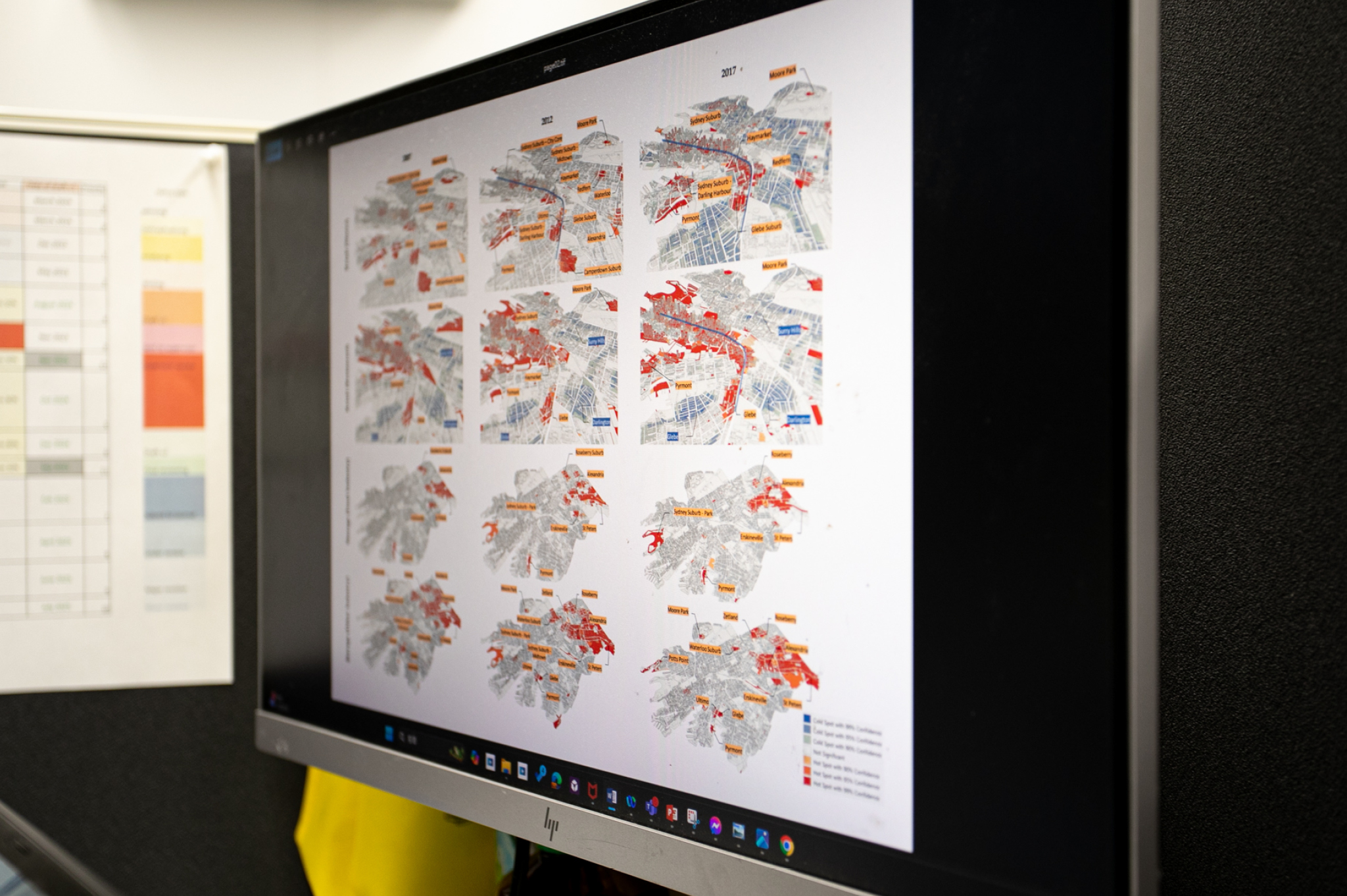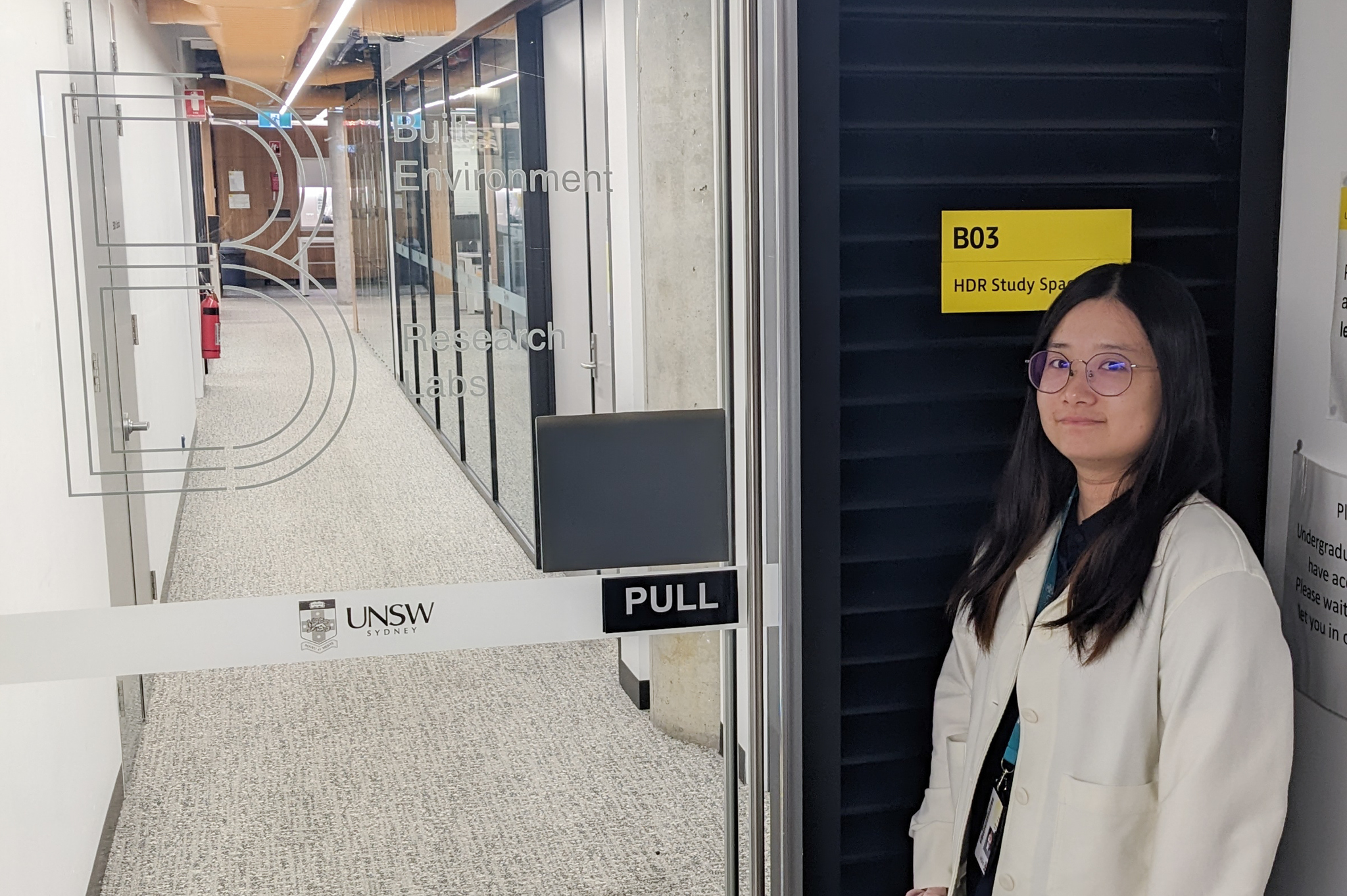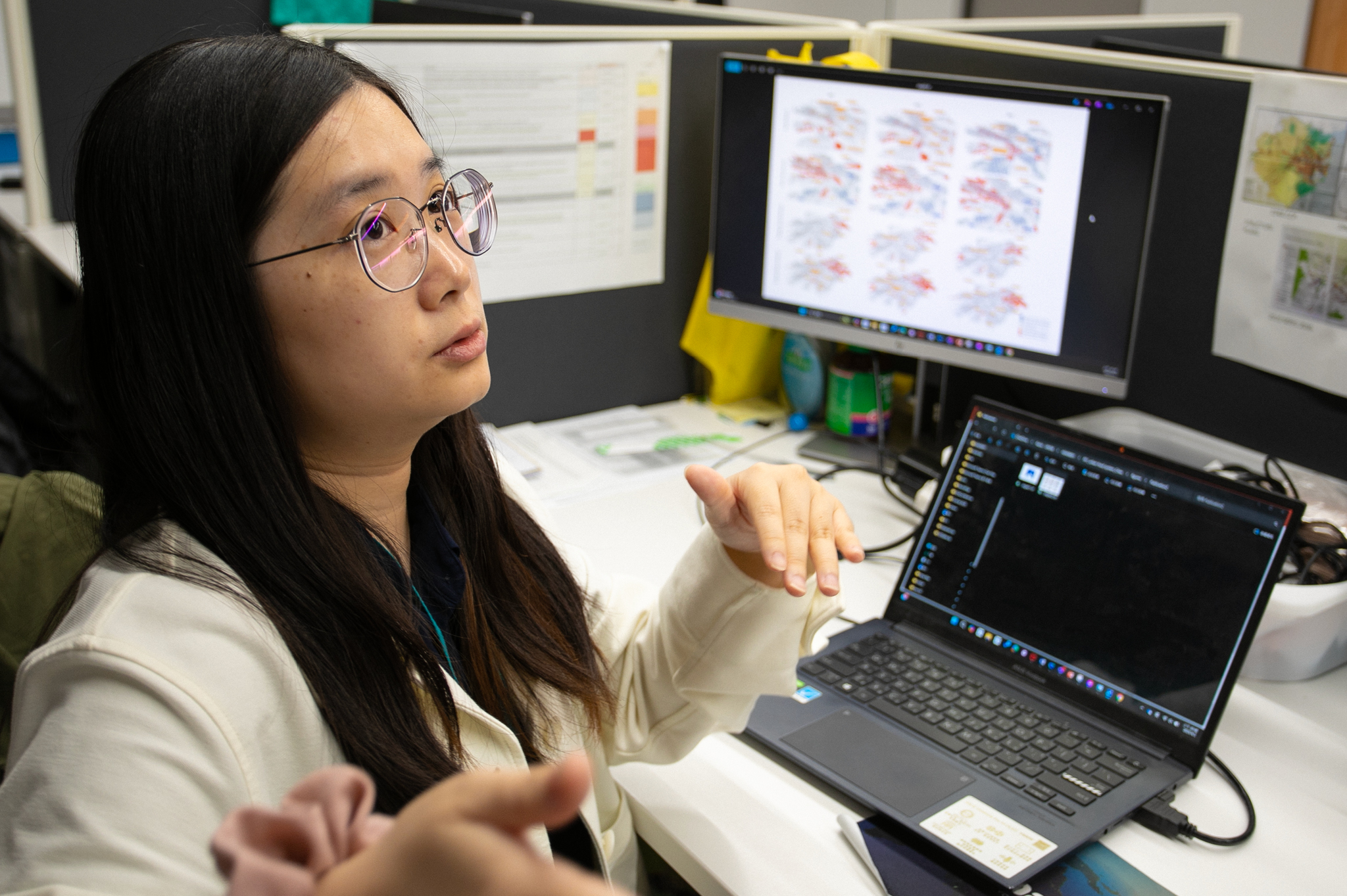We caught up with Kezia Yi Ya Hsu, a third-year PhD candidate at the School of Built Environment, UNSW Sydney, to explore her research focus, anticipated outcomes, aspirations for the future and her Future Food Systems (FFS) project, Modelling a Sustainable Floor-Space Mix.
Please tell us about the Future Food Systems project you are currently working on
Modelling a sustainable floor-space mix. This research project investigates how social and economic environments implicate 3D floor use change in the complex urban system. From a volumetric perspective, the research output is expected to assist the development of smart and sustainable urban floor-space use mixed strategy.
Who are you collaborating with on this project?
Fine-scale spatial data is crucial to this project, and we are grateful to Sydney City Council for providing their five-year floor-space-use dataset. This data is not only essential for our research but also serves as a valuable resource for modern smart city development. We also appreciate the 330 respondents who participated in our online survey on workplace preferences. Their insights contribute to shaping high-density, mixed-use urban environments, supporting a worker-driven approach to city planning.
Beyond collaborating with Sydney City Council, I work under the supervision of Professor Hoon Han, who leads the City Planning Program at the University’s School of Built Environment.

What are you trying to solve through your research and what are the outcomes you are hoping to achieve?
We aim to advance the understanding of urban development from a 3D volumetric perspective—an aspect often overlooked in current urban research. Our study examines spatial interactions between different urban functions and explores how environmental factors drive these changes.
Additionally, we focus on the role of “work” in the city. The perspectives and preferences of workers regarding urban function and design are often overshadowed by those of residents. Given the evolving nature of workplaces, our goal is to map optimal workplace locations that attract employees and support dynamic urban development.
How will the expected outcomes assist the food and beverage sector?
Building on the study and analysis of interactions within complex urban systems, our project then draws a focus on “food” to examine the urban food system. We first study the distribution and cluster pattern of different food functions (their mixture and location). The building of a temporal urban food system helps monitor the location changes over time and identify if there are discrete cases with limitations or needed for improvement.
Additionally, we leverage 3D floor-space-use data to analyse spatial dynamics more accurately, aligning with volumetric urban realities. Then, the spatial mismatches between food functions and population are examined to ensure the spatial balancing of supply and demand, leading to the development of a smart, sustainable, and resilient city future.
What are the next steps for your career?
As an international student, I would love to gain more research experience in Australia after graduation, that study the complex urban system and the development of high-dense cities to provide optimal and smart data-driven strategy for city development. The longer plan is hard to say, however, if I were to go back to my home country of Taiwan, then I would like to build a stronger research network between the two countries.
For more information and detail regarding Kezia’s research, visit:
Understanding urban food systems: A spatial and temporal analysis in Sydney, Australia – ScienceDirect



